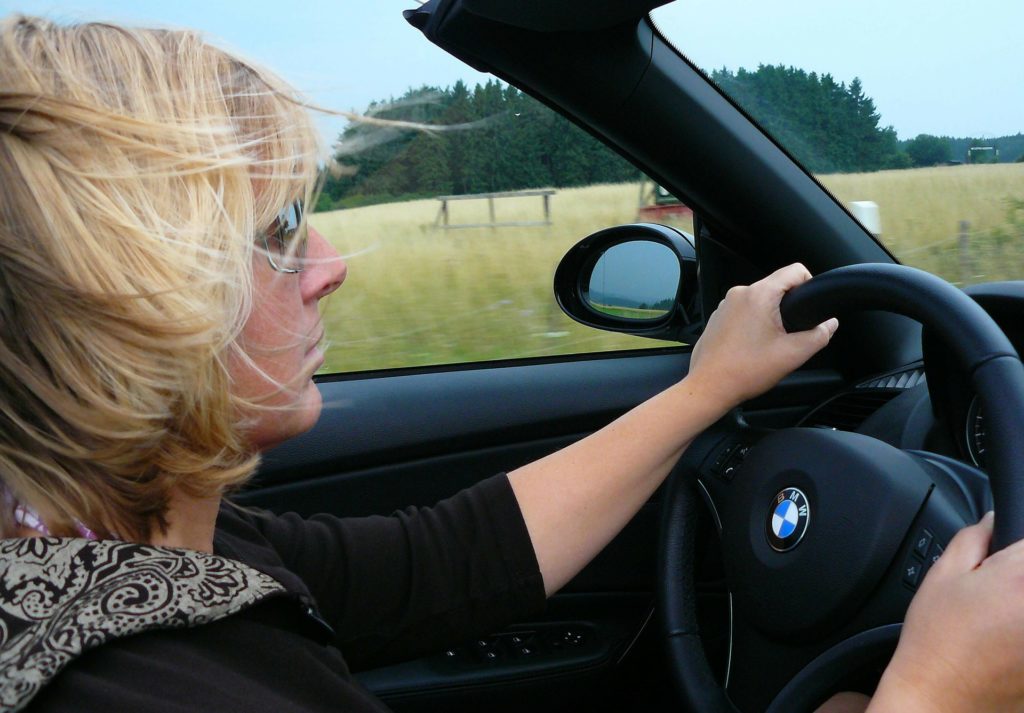Crash-involved autistic drivers were half as likely to crash due to speeding, but more than three times more likely to crash when making a left- or U-turn, suggesting need for tailored training

A collaborative study from the Center for Injury Research and Prevention (CIRP) and the Center for Autism Research (CAR) at Children’s Hospital of Philadelphia (CHOP) found that compared with their non-autistic peers, young autistic drivers have lower rates of moving violations and license suspensions, as well as similar to lower crash rates.
The findings were recently published online by the Journal of the American Academy of Child and Adolescent Psychiatry.
Obtaining a driver’s license is an important milestone for adolescents and young adults. One-third of autistic individuals without intellectual disability obtain their driver’s license by the time they are 21 years old, increasing their mobility as they transition to adulthood.
Prior studies with driving simulators suggested that autistic drivers may be at higher risk for motor vehicle crashes, since autism spectrum disorder (ASD) can affect motor coordination and visual processing speed, both critical skills for safe driving. However, no previous research has objectively looked at the real-world risk of crashes and traffic violations among autistic adolescent and young adult drivers. This knowledge would help pinpoint specific skills instructors can build upon and inform tailored practice driving interventions and lessons to increase young autistic driver safety.
The researchers examined data from New Jersey residents born between 1987 and 2000 who were patients in the CHOP Care Network. Their electronic health records were linked with statewide driver licensing and crash databases. The data included 486 autistic and 70,990 non-autistic licensed drivers over their first four years of driving. The study team also examined the proportion of crashes that were attributed to specific driver actions and types of crashes.
“Our findings are noteworthy because they suggest newly-licensed autistic drivers may establish driving patterns that balance independent mobility and risk, bringing their crash risk in line with other young drivers,” said Allison E. Curry, PhD, MPH, senior author of the study and a senior scientist and director of epidemiology at CIRP and an assistant professor of pediatrics at the Perelman School of Medicine at the University of Pennsylvania. “By learning more about their driving patterns and how their crashes differ from those of their peers, we can develop tailored training to help autistic adolescents and young adults develop the range of skills needed to become safe, independent drivers.”
The study also found that young autistic drivers involved in crashes were substantially more likely to crash while making left- or U-turns and also more likely to crash due to not yielding for another vehicle or pedestrian.
The authors suggest that weaknesses in processing speed among young autistic drivers may make identifying, processing, or prioritizing potential hazards more difficult. Their motor speed and visual scanning skills may also be slower.
“Our study suggests that autistic adolescents and young adults may benefit from more on-road training than their non-autistic peers,” said Benjamin E. Yerys, PhD, a co-author of the study, a psychologist in the Department of Child and Adolescent Psychiatry and Behavioral Sciences and director of the Data and Statistical Core at CAR. “They may need more tailored training in navigating turns and interacting safely with pedestrians and other vehicles.”